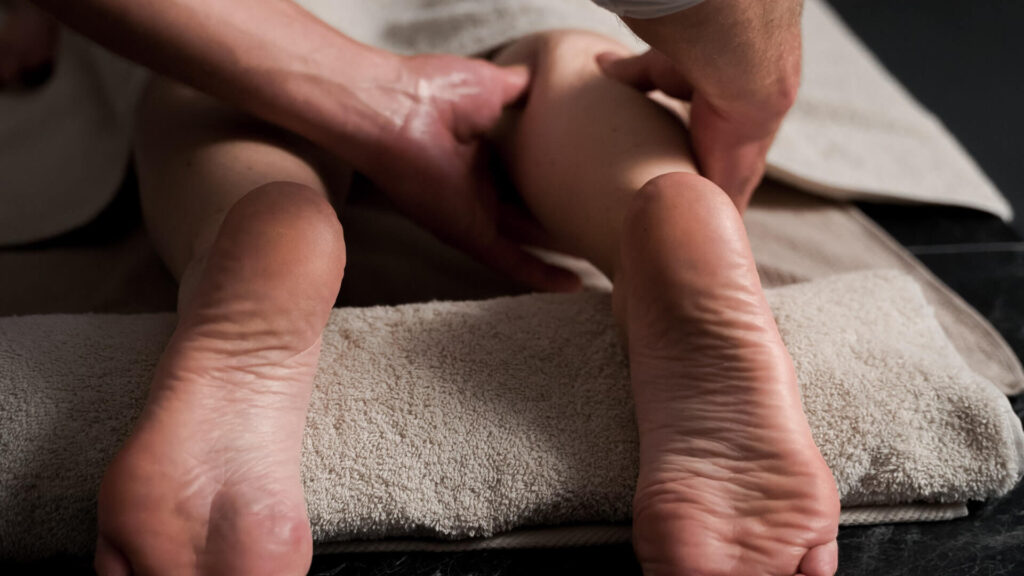Sciatica is a painful condition that affects the sciatic nerve. In the vast majority of cases, Sciatica treatment is non-invasive and can resolve the pain on its own. In more serious cases, surgery is necessary, but it is generally only recommended for people who have failed to find relief with other treatments. Depending on the type of treatment, a patient may need a combination of therapies to treat their sciatica.
A medical doctor can perform several tests to determine the underlying cause of sciatic pain. The doctor may recommend spinal X-rays to rule out any disc problems or fractures. Other tests may include an MRI or computed tomography (CT) scan to see if a tumor or other arthritic condition is pressing on the nerve. Other methods of treatment may include visiting a physiotherapist for help, prescription medications and over-the-counter NSAIDs, which are used to relieve pain and inflammation.
Self- Care Sciatica Treatments
Self-care treatments for sciatica include applying ice packs and alternating hot and cold packs. These measures provide temporary relief from the discomfort and can help you return to your active lifestyle. For more long-term treatment, you can use hot and cold packs. Alternatively, you can wrap frozen peas in a clean towel and apply it on the affected area. In general, sciatica is treated by reducing the amount of pain and inflammation, while increasing mobility.

Sciatica Treatment Options
Home treatments for sciatica include heating pads and heat lamps. Heat lamps may be beneficial for pain in the lumbar region, but a chiropractic adjustment may be more appropriate for patients with severe symptoms. A hot or cold pack wrapped in a clean cloth also provides relief. For more long-term relief, a cold pack or hot water bottle wrapped in a clean towel can help reduce the inflammation. The Complete Guide to Sciatica Treatment Options para: The most effective home treatments for sciatica include a variety of methods for reducing pain and improving function. Those with chronic or severe sciatica may want to consult their primary care physician.
Sciatica Treatment Options includes medication and nonsurgical treatments. Nonsurgical treatments include heat and cold packs, physical therapy, and rest. Exercises for the back and core muscles are vital. Some people may also experience a loss of mobility and need surgery for severe cases. However, in most cases, these methods are not enough to treat the symptoms of sciatica. For severe conditions, spinal decompression surgery is the most effective method.
Sciatica Treatment Options begins with an accurate diagnosis. Often, the symptoms of sciatica can be identified with a simple physical examination. The spine specialist may need to order imaging tests to diagnose the cause of the pain. In severe cases, an MRI can detect the herniated disc and suggest a course of treatment. If the problem is acute, a patient may need to undergo a surgery to relieve the symptoms.
Conservative Treatment for Sciatica
Conservative treatments include bed rest, exercises for the back, and chiropractic treatment. Depending on the cause, surgery may be necessary. For severe cases, conservative treatments may not be enough. Some conservative treatments, such as a gentle massage, may be recommended. The Complete Guide to Sciatica Treatment Options para: If a person has a herniated disc, he or she may need a surgical procedure. Fortunately, surgical treatment for sciatica is less invasive. If the pain persists, doctors will recommend a course of conservative treatment first.
While pain below the knee is the most common symptom of sciatica, it is not the only option. Using an ice pack on a regular basis can help alleviate the pain and improve the quality of life of a patient. As symptoms of sciatica progress, heat and ice therapy can be alternated. A physician may prescribe muscle relaxants or injections. During the initial stages of the disease, many patients may choose to wear a back brace.
Physiotherapy For Sciatica

Physiotherapy is an excellent way to reduce the symptoms of sciatica. It is available on the NHS and can be done privately or in a hospital. Depending on the type of treatment, the patient can choose between exercises and medications. The doctor may recommend exercise to reduce pressure on the sciatic nerve and reduce the inflammation. The physiotherapist may prescribe some other treatment to relieve the pain. It is important to see a healthcare provider for a diagnosis, as well as to follow up on any recommended home care.
